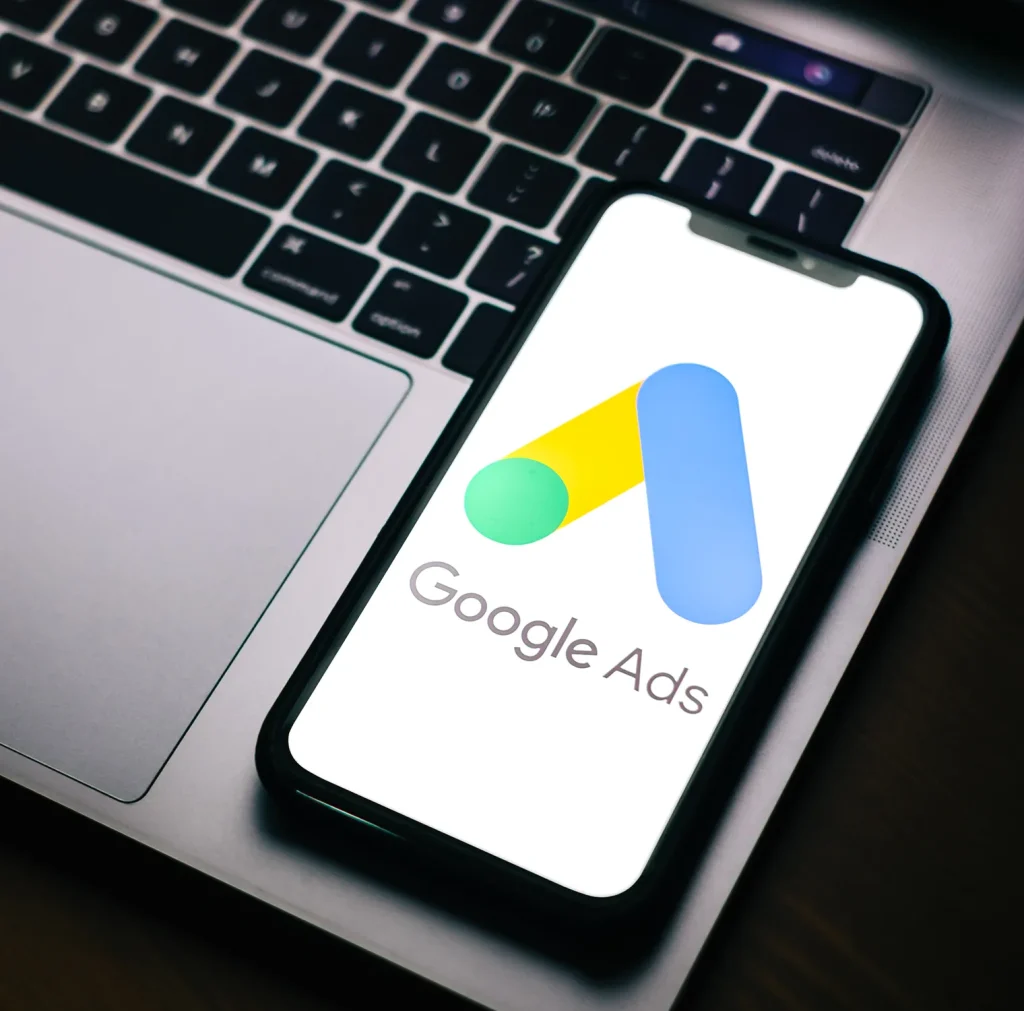In a subtle yet significant shift, Google has modified how paid search advertisements can be displayed across its search results pages. As of last week, ads that previously only qualified for the prime top-of-page real estate can now also appear at the very bottom of the same results page—provided they meet Google’s strict quality and relevance standards.
This adjustment means a single advertiser now has the opportunity to be shown twice on the same search results page: once in the top slot and again at the bottom. While the change may seem minor at first glance, it holds major implications for advertisers looking to maximize visibility, refine their bidding strategies, and better understand Google’s evolving ad-serving logic.
What’s New in Google Search Ad Placement Rules?
Until recently, Google’s system allowed only one ad per advertiser on a single search results page, meaning a business could show up either at the top or the bottom—but not both. That policy has now been revised.
Now, if your ad content ranks highly enough to earn a spot near the top of the page, that same ad may also be displayed in a bottom position. This is possible because Google treats top and bottom placements as separate bidding environments, running independent auctions for each section of the page.
Initial testing revealed a 10% increase in ad impressions and a 14% boost in conversions from these additional bottom placements, according to Google’s data. This suggests users are not only noticing these ads—they’re interacting with them as well.
Still, advertisers shouldn’t assume that bottom placement is guaranteed. Ads must still meet Google’s relevance thresholds and quality standards, similar to what’s required for top-of-page positions.
Elevating User Experience Without Crowding the Page
Google’s aim isn’t simply to add more ads to each page. Instead, the move appears focused on enhancing both user experience and advertiser outcomes by showcasing more relevant content throughout the entire page—not just at the top.
By opening lower positions to high-performing ads, Google ensures that users who scroll to the bottom are still presented with engaging, helpful options. In effect, Google is rewarding quality-focused marketers with more exposure while discouraging weak or irrelevant ad content.
This creates a greater incentive for advertisers to refine their creative messaging, improve landing page quality, and focus on user intent—all of which align with Google’s broader philosophy of prioritizing value over volume.
What This Signals for Google’s Broader Strategy
This development also illustrates Google’s ongoing efforts to optimize available ad space without overwhelming users with clutter. By selectively filling both the top and bottom slots with strong ad content, Google maximizes its inventory efficiently while maintaining a clean interface.
Importantly, this shift aligns with Google’s long-standing emphasis on performance-driven advertising. Marketers who deliver well-crafted ads and seamless user experiences now gain an added advantage: double placement on the search page.
However, for those relying on generic messaging or poor landing page experiences, this update offers no benefit. Only advertisers who consistently meet Google’s high standards will see these increased visibility opportunities.
Does This Violate Google’s Unfair Advantage Rules?
Some advertisers raised eyebrows, given that Google recently revised its Unfair Advantage policy, which restricts businesses from “double serving”—a tactic where multiple ads from different accounts lead back to the same business.
But this update doesn’t contradict that policy.
Google clarified that since top and bottom ad slots run in independent auctions, this does not qualify as double serving. The same advertiser isn’t competing against itself within the same auction, but instead earning placement through two distinct bidding paths. As long as both ads meet relevance requirements and serve user needs, they are compliant with current guidelines.
Key Takeaways for Advertisers
This change opens up fresh opportunities—but only for those who pay close attention. While there’s no special setting to activate this feature, advertisers should stay proactive and monitor their campaigns closely. Here’s what to watch:
-
Segment impression share by position: Use reporting tools to see how often your ads appear at the top versus the bottom. This can help uncover hidden performance patterns.
-
Track performance variations: Monitor changes in click-through and conversion rates by position. If bottom placement performs better or worse, adjust your strategy accordingly.
-
Focus on Quality Score components: Google places a premium on expected CTR, relevance, and landing page experience. Improving these metrics can increase your odds of appearing in both positions.
-
Use automation with purpose: Smart Bidding may respond to this change on its own, but advertisers should still analyze the data regularly and fine-tune their strategies manually when needed.
-
Prioritize conversions over clicks: A lower-cost bottom click isn’t helpful if it doesn’t lead to valuable results. Evaluate leads, sales, or customer actions to ensure that added visibility drives real business outcomes.
Adapting to the Evolving Search Landscape
Ultimately, this move reflects Google’s ongoing effort to refine the ad experience—for both users and marketers. By allowing the best ads to surface in multiple positions, Google balances increased exposure with continued relevance and usability.
Advertisers who stay focused on creative excellence, landing page clarity, and performance-driven tactics stand to gain the most from this update. In a competitive digital ad market, showing up twice on the same search page can be the edge that boosts both reach and results.
If your campaigns already emphasize relevance and user value, Google’s latest adjustment gives you a wider runway to thrive.












